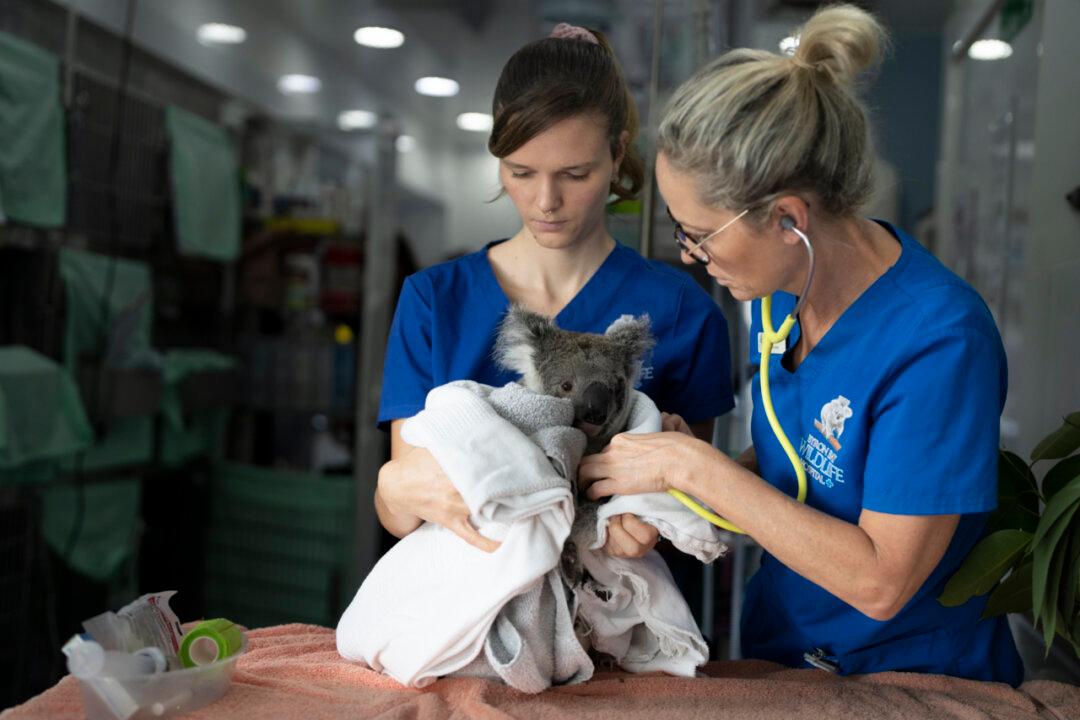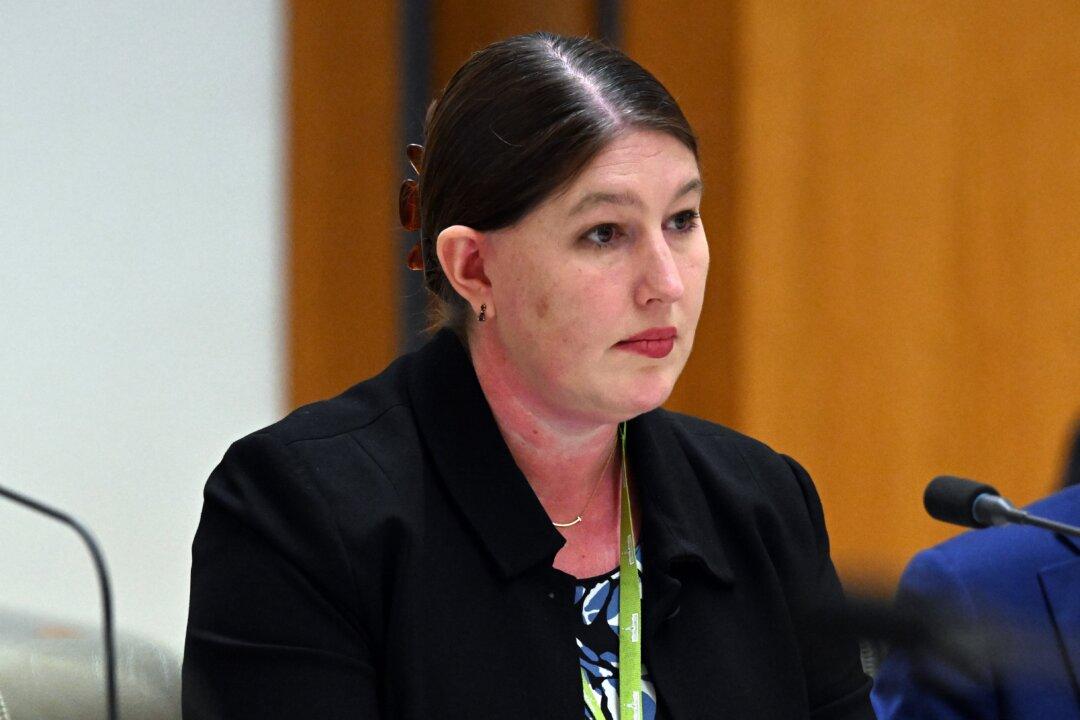Findings from a report released on Monday in which more than 19,000 passengers provided feedback show a deteriorating bus service in New South Wales (NSW) that is fraught with issues around reliability, quality, and effectiveness.
Most service cancellations and other failures are a direct result of driver shortages, with some depots significantly understaffed.




